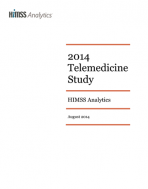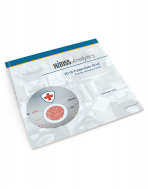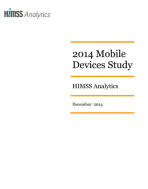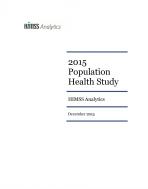Essentials Briefs
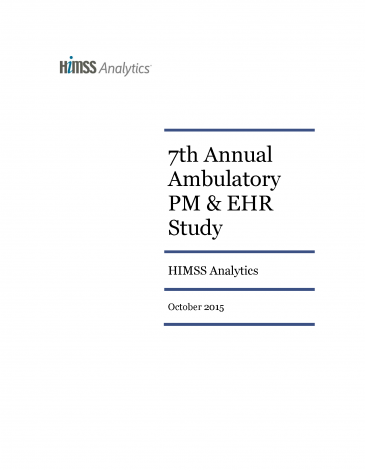
The seventh annual Ambulatory Practice Management (PM) & Electronic Health Record (EHR) Study includes year-over-year trending analysis dating back to 2009, as well as an in-depth look at the current market.
Highlights include:
- Unique Voice of Customer (VOC) from over 700 respondents
- Over 80 percent of the ambulatory market has adopted EHR technology
- Roughly 8 percent of study respondents plan to replace their current ambulatory solution
Get the Study
MORE RESEARCH REPORTS
Voice of Customer (VOC) insight from over 400 respondents. Approximately 46% of respondents utilize up to four telemedicine solutions within their organization. Two-way video/webcam is the most widely used telemedicine solution (57.8%) and most widely considered (67.1%) for those making a telemedicine investment.
Over half of US hospitals reported use of smartphones and/or tablet computers at their facilities. 69% of respondents noted that they used apps to access clinical information; however, only 33% reportedly believe they can access most or all of the clinical systems technologies they need via smartphones/tablet computers.
Population health initiatives in healthcare are gaining momentum, but adoption of vendor provided population health solutions are still in early stages.

